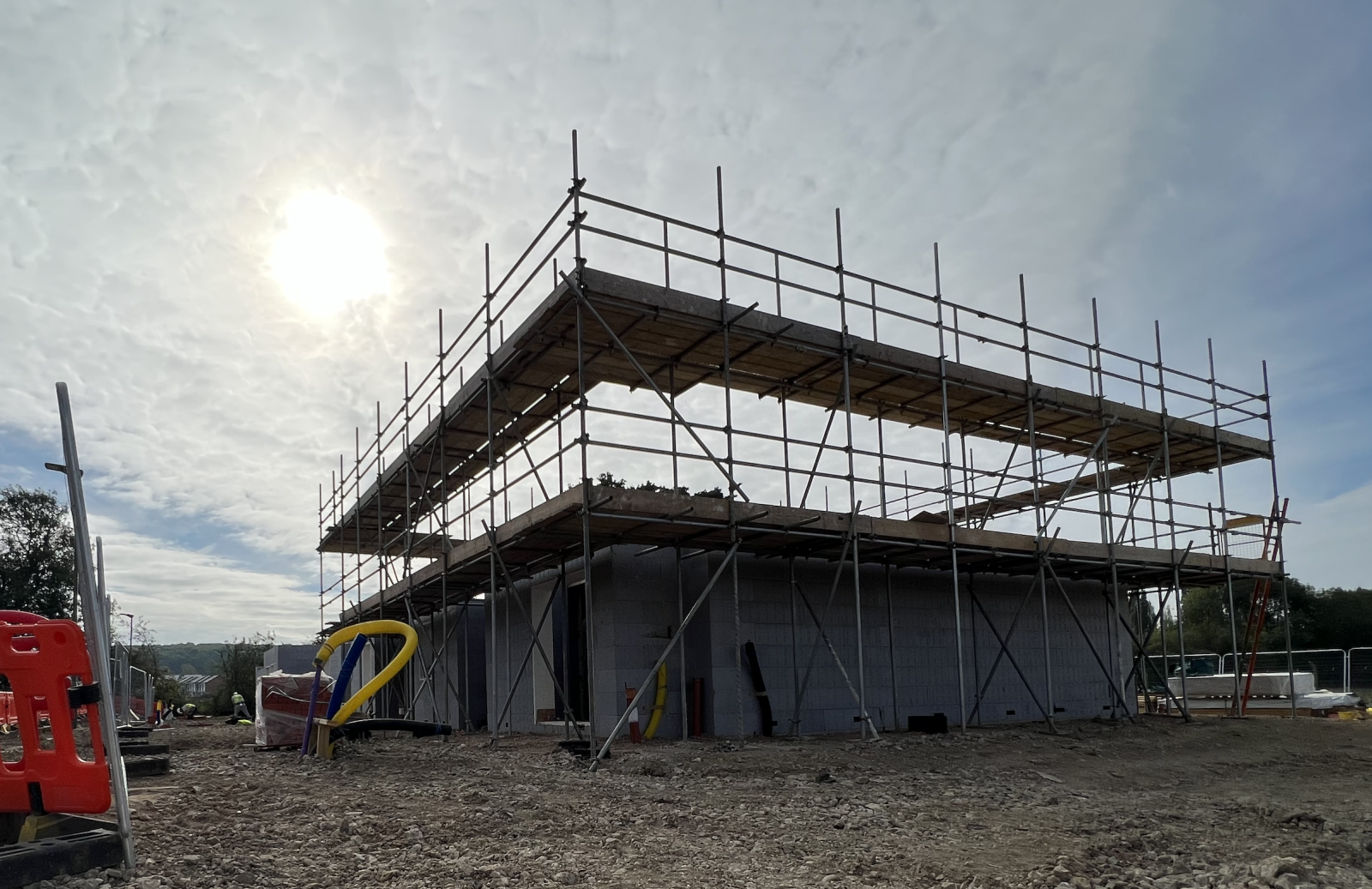DLUHC’s latest data for custom and self build in England shows that while the number of individuals and groups on the register has grown modestly, the number of permissions fell.
In addition, the number of planning permissions granted for plots for custom and self build was 6,374, a reduction of 23% on the previous year.
In total, there are 63,662 individuals who have signed their local self build register, as well as 807 groups. But the numbers for the last 12 months until 30 October 2022 were overall down on previous figures. This showed a 34% decline in individuals and a 37% fall in the number of groups signing up.
The data is published annually by the Department of Levelling-Up, Communities and Housing, and is based on council returns for 2021-2022, running annually from 31 October to the next 30 October.
Why are the numbers down?
There are numerous reasons why the numbers are down, but logically a significant factor is the current economic environment. With inflation and prices skyrocketing, all housebuilding and planning applications across the board have slumped over the last 12 months, to their lowest figures in 16 years, as reported by the Department of Levelling-Up, Communities and Housing.
Repeated government commitments to overhaul planning have created uncertainty, with many local authorities freezing their local plan making process until a clearer picture emerges. This means that many fewer policies supportive of custom and self build have emerged as a result.
This has got so problematic that the Home Builders Federation (HBF) has forecast that housebuilding will fall to its lowest levels since the Second World War unless the planning system starts to support housebuilding in England.
Tests on registers
The National Custom and Self Build Association (NaCSBA) is also aware that more councils than ever have applied tests to limit people signing up to the local self build registers, which act as a deterrent.
However, the register remain a vital tool for the sector, and must be used by the public to raise their profile. Research in 2022 found that 21% of people were unaware of the Right to Build legislation, meaning that many more people want to self build. In addition, a lack of activity in terms of permissioning enough plots to reflect demand for people wanting to custom and self build is now starting to gain more weight in planning appeals.
NaCSBA urges anyone interested in building to sign up to their local register because of this. If your authority places charges or tests that you deem unfair it has provided template letters of complaint that you can fill in.
These have a two-fold effect – they should act as secondary evidence beyond the register that you want to build locally, and highlight where you, as a resident, feel that your local planning authority’s rules are prejudicial to you in your ambition in regard to housing.
You can find and sign your local register via the Self Build Portal, access the template letter or get answers from our FAQs about what the Right to Build does – and doesn’t – deliver on this website.
Visit the Right to Build page
Peter Johns, CEO of NaCSBA said, “The latest data is disappointing and reflects the obstacles put in place to registering by many local authorities (be it registration fees, local connection or financial tests).
“NaCSBA continues to challenge authorities where they are putting road blocks in the way, but also supporting authorities through the work of its Right to Build Task Force. We know that the numbers underestimate the level of demand by some margin – NaCSBA is currently undertaking research and analysis to demonstrate this and expects to report on it later in 2023.”
Andrew Baddeley-Chappell, Policy Director, NaCSBA said, “The drop in numbers joining the registers is a disappointment and we are in the process of undertaking a deep dive into the data. We do not believe the fall off is as a result of any reduction in the underlying desire of people to have a home built to their design and specification.
“We continue to see challenges from a proportion of planning authorities, that are contrary to the spirit and letter of the legislation – legislation that is being tightened to address some of the poor practice that have been identified. Factors such as covid, inflation and cost of living challenges may also have had an impact.
“We continue to strongly believe that low public support for new homes is closely linked to the lack of desire for the homes that are currently being delivered and that greater customer choice is the key to more and better homes.”




